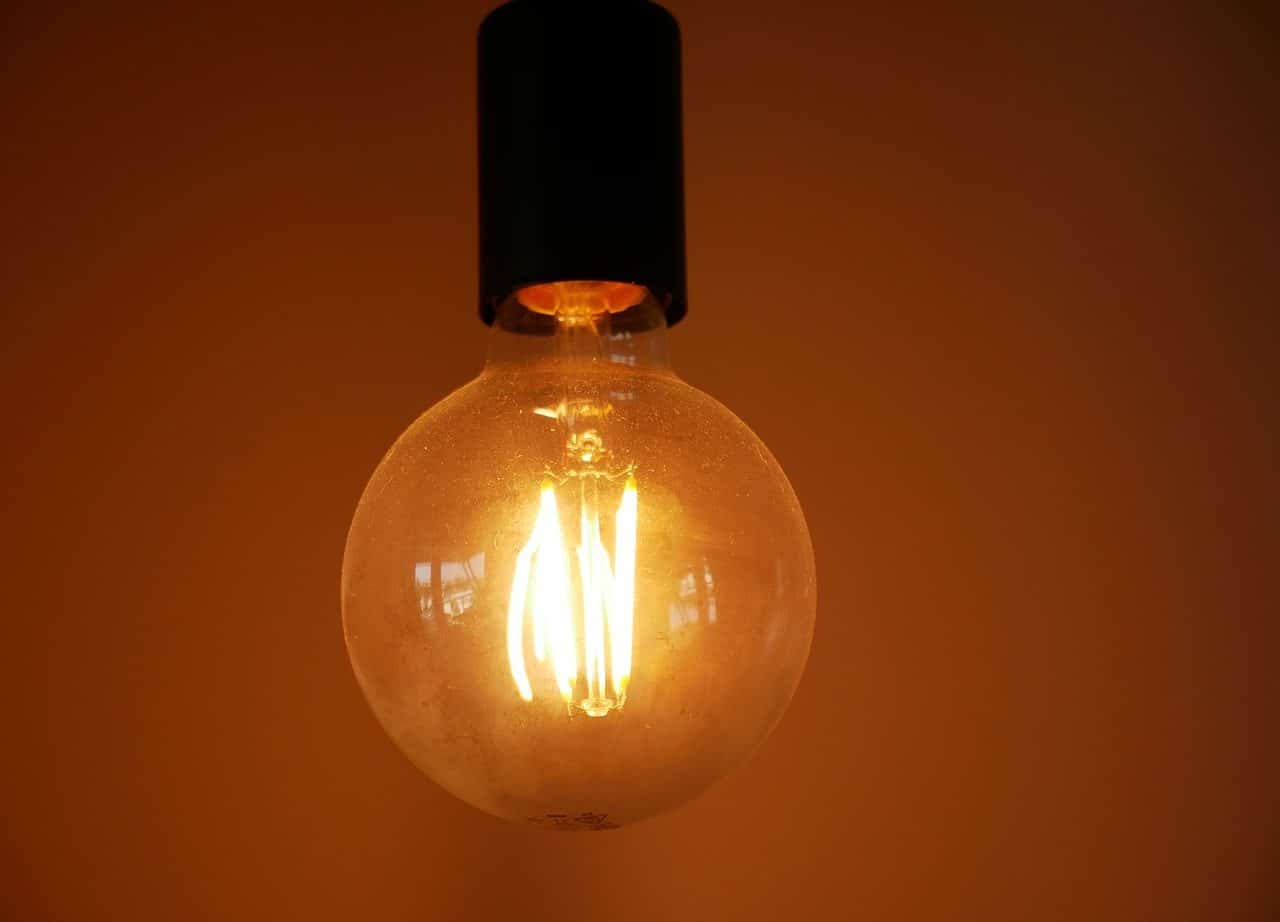
The watt expresses electrical power.
Watt is a unit of measurement that is part of the International System . The term, synonymous with the English word watt , is used in power measurements and is equivalent to one joule per second .
The watt, which has the W as its symbol , pays tribute with its name to the British mathematician and engineer James Watt , who was born in 1736 and died in 1819 . Watt was one of the great people responsible for the development of the steam engine.
The watt to express electrical power
One of the areas of use of the watt as a unit of measurement is the field of electricity . The electrical power of a device can be expressed in watts and, if it has a lot of power, in one of its multiples (such as the kilowatt or the megawatt ).
The idea of electrical power refers to the rate of generation or use of energy when work is carried out. If we have an 80-watt light bulb on for sixty minutes , a consumption of 80 watt-hours will have occurred. It should be noted that the watt-hour reflects power times time (the amount of energy generated to maintain a certain power for a certain time). We said above that one watt is equal to one joule per second: a device that consumes one watt of electrical power will be consuming one joule per second. If the light bulb consumes 80 watts for one hour , therefore, it will consume 288,000 joules in said period.
80 watts in an hour = 80 joules per second x 3600 (in each hour there are sixty minutes; in each minute, sixty seconds. Therefore: 60 x 60 = 3600)
80 watt-hours = 288,000 joules
The power of machinery, motors and power plants is usually expressed in watts or kilowatts. These units, in turn, have equivalents in horsepower and horsepower , to name two possibilities.

It is important not to confuse watts with volts.
Differences with volt
In addition to all of the above, we have to emphasize that, on numerous occasions and by people of very different types, confusion is created regarding the watt. Specifically, what we are referring to is that they are capable of confusing it with the volt ( V ), since both terms are used within the electronic and electrical field.
To avoid falling into that error, and based on the explanation we have given about the watt, you must know that the volt refers to the voltage or potential voltage . That is, it is the difference in electrical potential that exists between two specific points.
To understand it and be clear: one, therefore, is a voltage term and the other is a power term.
Watt in cycling
In the same way, we cannot ignore that watt is a word that is widely used within the field of sports and, more specifically, in the world of cycling . In this sector it is used to refer to the measure of power that records the force that the runner exerts to be able to move his bicycle. To know the aforementioned force, it is usual for the two-wheeled vehicle to place electronic devices in the specific transmission area.
These items can be installed on the pedals, on the cranks and even on the axles, which are identified because they have great reliability in terms of the results they offer.
